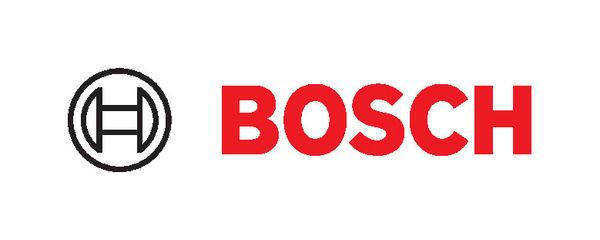More and more people use connected appliances - and it´s much more then a passing trend. Connected home technology can bring greater levels of comfort and efficiency into your living environment. Like robots that take care of your household chores or built-in window sensors that communicate with your phone to let you know if you left home without locking up. One thing´s certain: the household of the future is evolving at a rapid pace, and it´s looking pretty smart.
IS THE SMART HOME HERE TO STAY?
The smart home revolution is just getting started, and connected appliances are leading the way. As adoption rates increase, smart home technology will become more intuitive to use, easier to integrate and capable of the most bespoke automations yet.
59% of US smart appliance consumers believe a connected home makes life easier.
Source: Statista 2017
COMFORTABLY CONNECTED
Home automation is the largest segment of the smart home market, with a global revenue of US $6.1 billion in 2016. Comfort was cited as the top investment reason.
37% of US consumers will consider investing in smart appliances in the next five years.
Source: Statista 2017
FUTURE FORECAST
2020 Smart washing machines will account for 27% of global smart appliances by 2020
2020 Smart fridges will account for 28% of global smart appliances by 2020
Top 3 predictions
1.Like the US, the first domestic robots could appear in European households by 2020
2. Across all markets, smart assistants will see strong growth as this technology becomes more intuitive and familiar
3. By 2020 the number of global smart home devices will double
Source: Information Age 2017
A SMART HOME IS A SAFE HOME
The trend towards smart marerials is changing the security of our homes. For example, micro sensors embedded in window glass can now assess heat levels and communicate with smart thermostats to check if windows or doors have been left open.
The global market size is US $4.2 billion with a 68% revenue share in the US. This is estimated to grow to US 22.1 billion in 2021
Did you know?
The private home rental market is changing. With smart locks, it's now possible to remotely control physical access so that handing over keys may soon become obsolete.
SMART ENERGY SAVINGS ARE ON THE RISE
Intelligent, individualized comfort is one key benefit of connected technology. But home energy monitoring systems (HEMS) also enable automated heating and power settings, as well as real-time consumtion monitoring. These new options help consumers achieve significant energy savings - for greener and more affordable living.
US$ 2.9 Bn in 2016
The global smart home energy management market is huge: US $2.9 billion in 2016, and it's still emerging.
Source: Statista 2017
Connected China
China currently has the biggest focus on connected technology. The reason: energy efficiency concerns, primarily driven by high pollution levels.
Generation loT
Millenials are leading the charge in the smart home market, with 36% currently monitoring or controlling home appliances via a smart device.
25% of US consumers are most likely to invest in a smart energy meter in the next five years.
Sources: Gfx Consumer Life 2015, US online consumer survey. Statista 2017
OUR ROLE IN THE loT
Bosch home appliancdes belong to the Bosch family, which means that innovative Internet of Things (loT) solutions are as much a part of our DNA as high-quality german engineering, timeless design, sustainability and data security. From precise oven settings sent from your ohone to smart sensors like Farmer Peter that provide helpful soil data for home gardening, Bosch offers limitless possibilities for putting smart technology to work in every day life.
Bosch future target: 25m connected devices by 2019
We also aim to ensure smart home readiness for all our appliances by 2020. Our large loT portfolio ranges from connected parking to connected security systems.

